Tag: worksheet
-
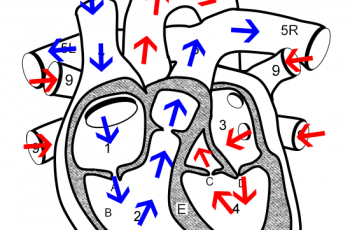
Anatomy of the Heart by Number
In this exercise, read about the structures of the heart and how blood flows through the systemic and pulmonary circuit. The text describes each structure (by number), you label with the names of the vessels and chambers of the heart. Use arrows to trace the flow of blood from the body, to the heart, then…
-
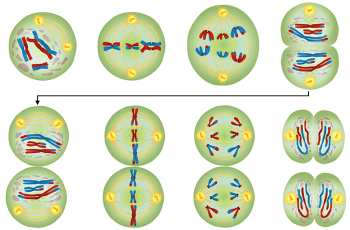
Meiosis Worksheet
Reinforce concepts related to meiosis and sexual reproduction. Students compare terms such as diploid and haploid, and label an image.
-
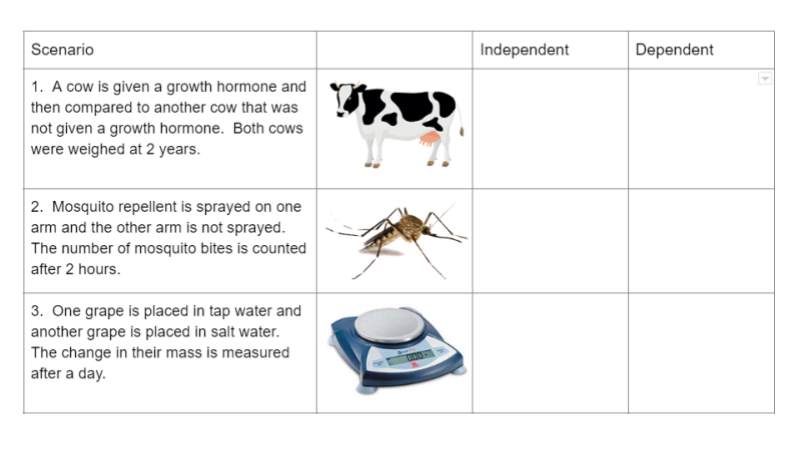
Independent & Dependent Variables Practice
Students reach short scenarios about scientific experiments. They identify the controls and variables in each story.
-

Reinforcement: Scientific Processes
I designed this worksheet for an introductory biology class. It reinforces concepts that are introduced in the first chapter. Students learn about how science works, what a hypothesis is, and how data is analyzed. Reinforcement worksheets have definitions or sentences that include a key word and students much choose from a bank of vocabulary words…
-
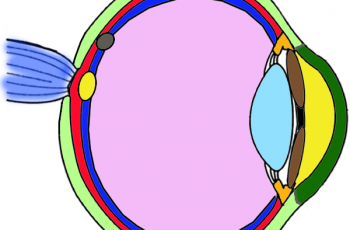
Anatomy of the Eye (Coloring)
The coloring worksheet is intended to help students learn the location of specific parts of the eye, like the cornea, sclera, lens, and retina.
-

The Lion in Your Living Room
A video worksheet to follow the documentary The Lion in Your Living Room. Includes multiple choice questions to keep students focused while watching the film.
-
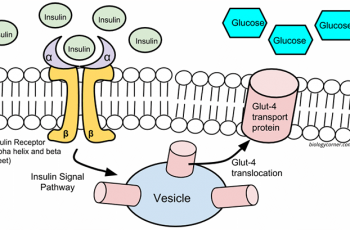
How is Glucose Taken Up by Cells?
This worksheet takes a closer look at the cell membrane and how insulin binds to the receptor on the cell membrane which creates a signal cascade, resulting in the movement of the Glut-4 transport protein to the surface of the cell. Students interpret a graphic showing the membrane, receptors, and the Glut-4 transport protein.
-

Dogs Decoded – Nova Video
One of my favorite evolutionary videos is this Nova production on dogs, called “Dogs Decoded.” This is a great program to bridge the topic of genetics to evolution. The program starts by examining the unique relationship humans have with dogs, and how dog evolution was shaped by that relationship.
-

Cellular Respiration Graphic Organizer
Students complete a graphic organizer that shows the process of cellular respiration.
-
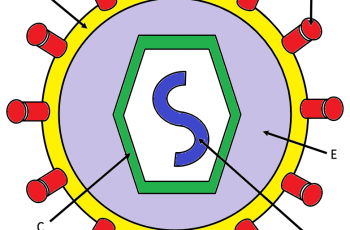
How Do Viruses Infect Cells (Coloring)?
A simple worksheet that explains how viruses infect cells which include diagrams to label and an image of a typical virus for students to color the envelope, proteins, DNA, and the capsid.
-
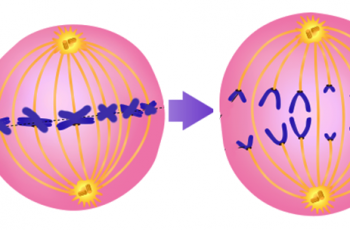
Reinforcement: Cell Division
This worksheet was created for an introductory biology class because they struggled with the difficult vocabulary associated with mitosis and the cell cycle.
-
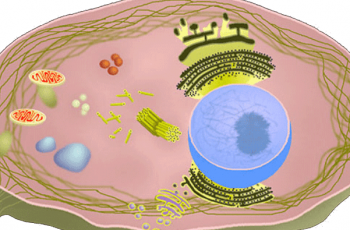
Cells Alive Worksheet
This worksheet follows diagrams and activities at CellsAlive.com which focuses on the size of cells compared to other objects, such as viruses and pollen. Students view interactive plant, animal, and bacteria cells to learn about the different structures associated with each.
-
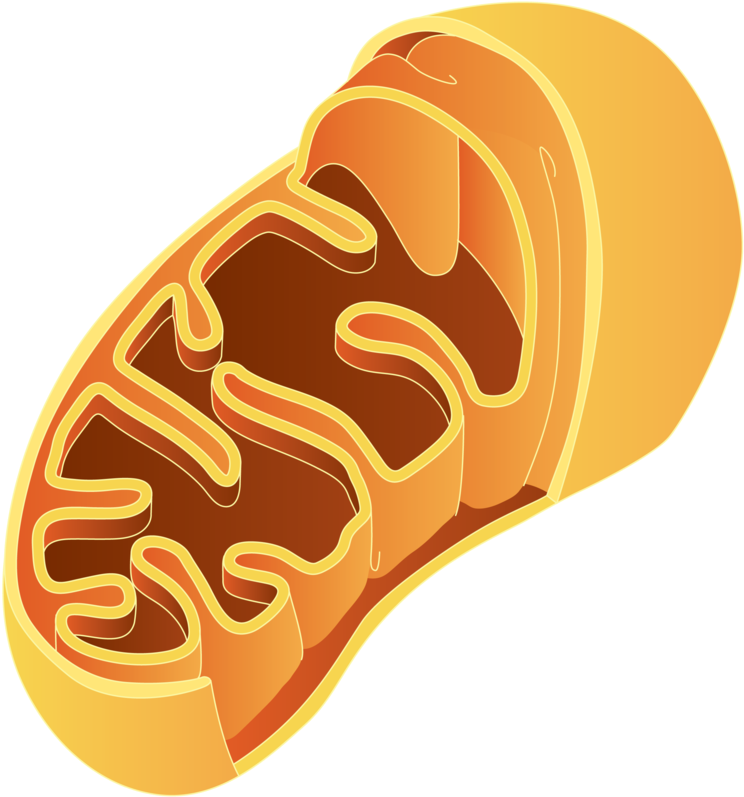
Mitochondria, DNA, and the Aging Process
This short article was designed for anatomy and physiology students studying the cell. The class focuses on how disease states can often be traced back to problems with cells. Senescence, or aging, has been linked to a build-up of mutations in mtDNA.
-
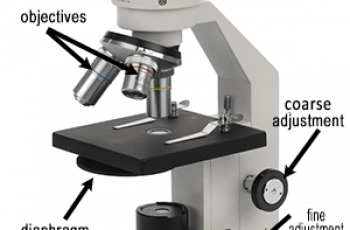
Microscope Introduction – Basic “e” Lab
This lab is similar to the “e” lab used with freshman biology, but designed for students in the vocational track. It has less reading and more detailed steps for using the microscope as well as a larger font and bigger spacing.
-
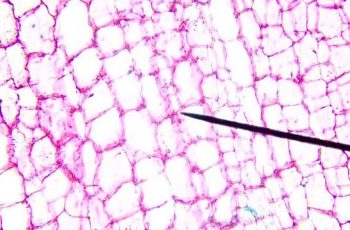
Investigation: Exploring Cells
While biologists might find the history of the cell theory fascinating, I notice that many of my students seem to tune-out when you bring up the history of scientific discoveries. In order to save time and improve engagement, I created this lab to include a short history of the cell theory as students explore prepared…

